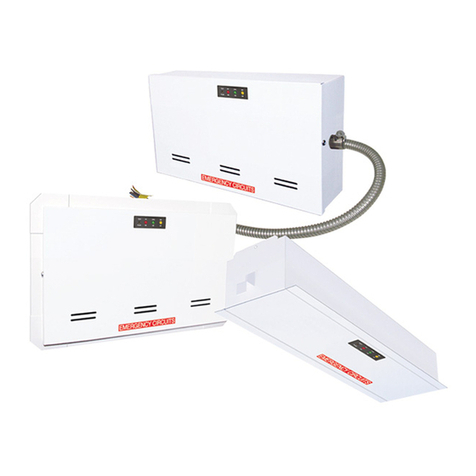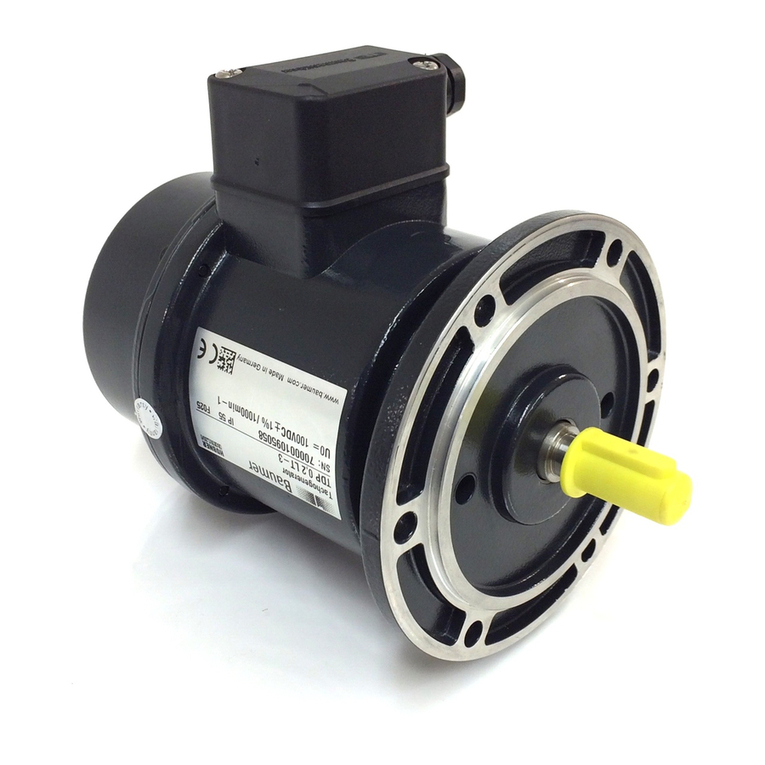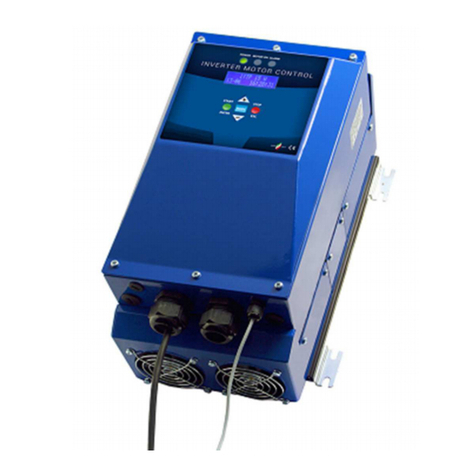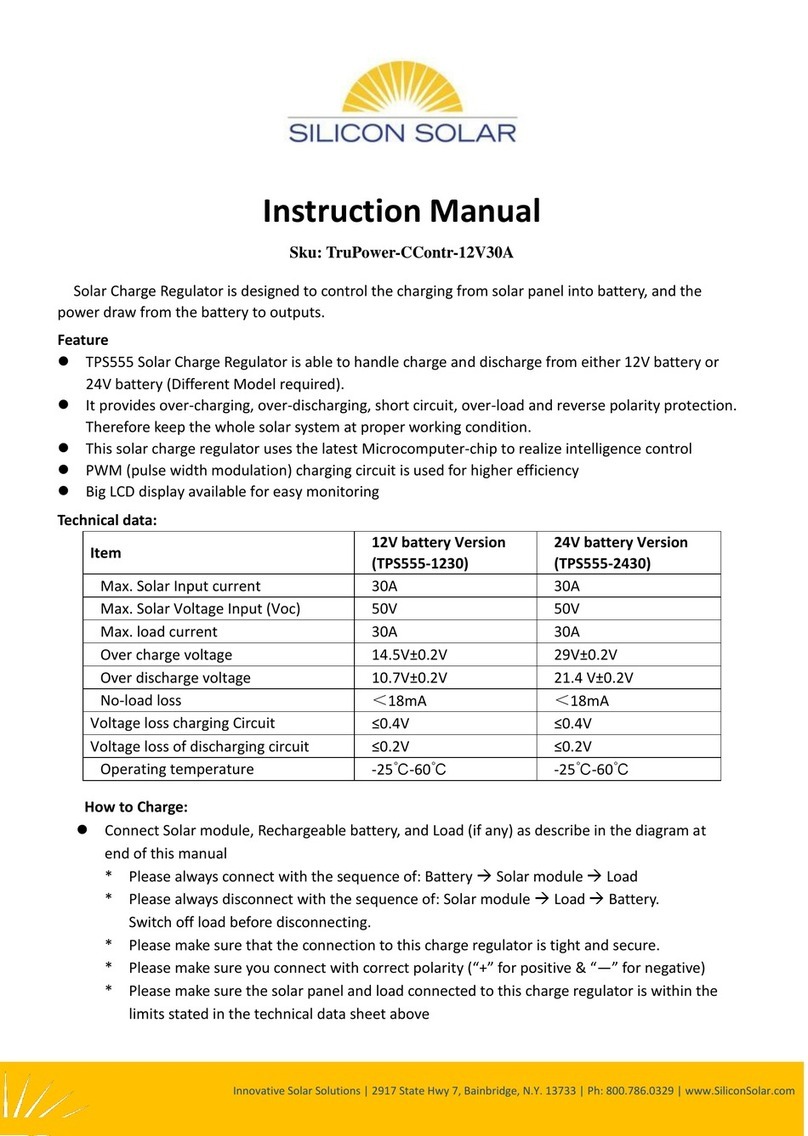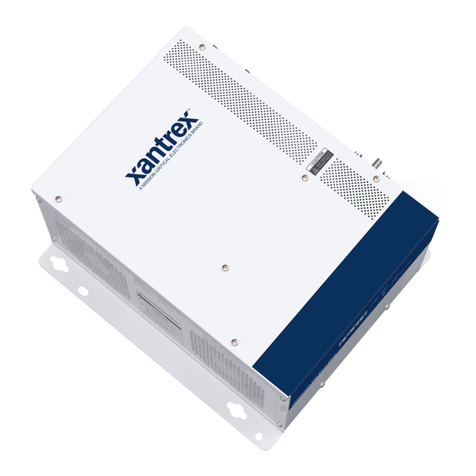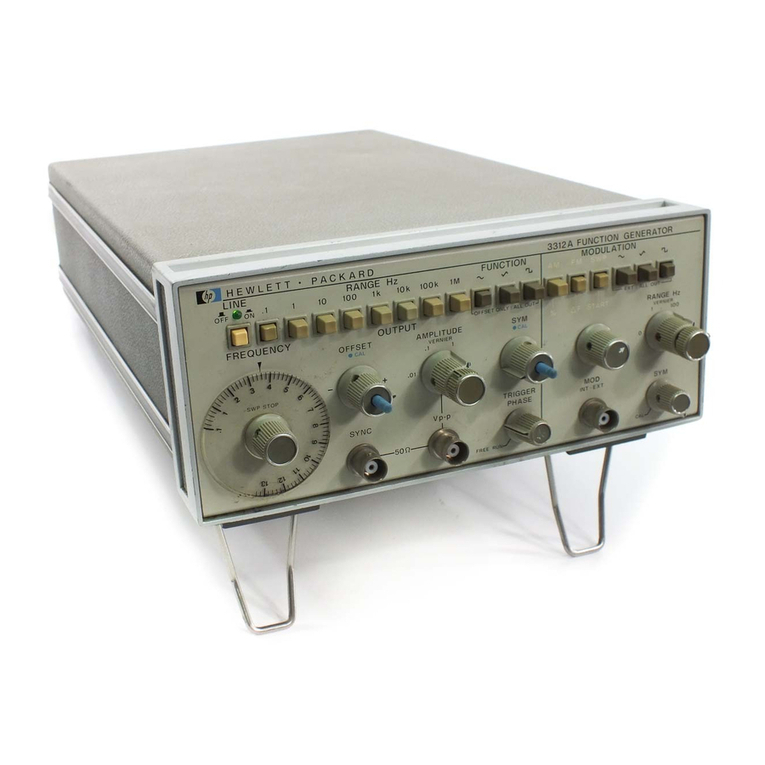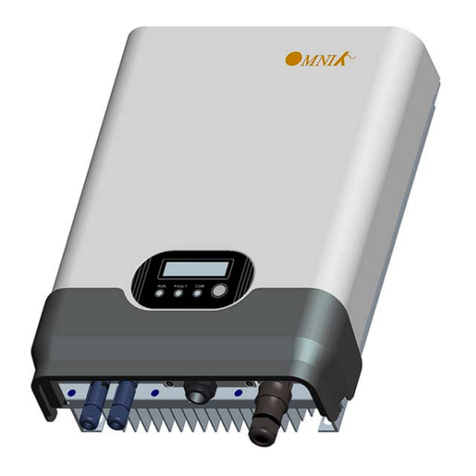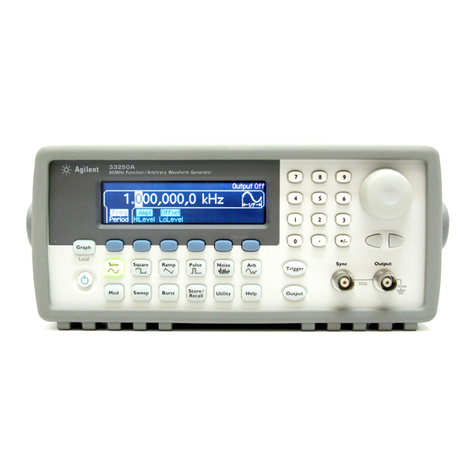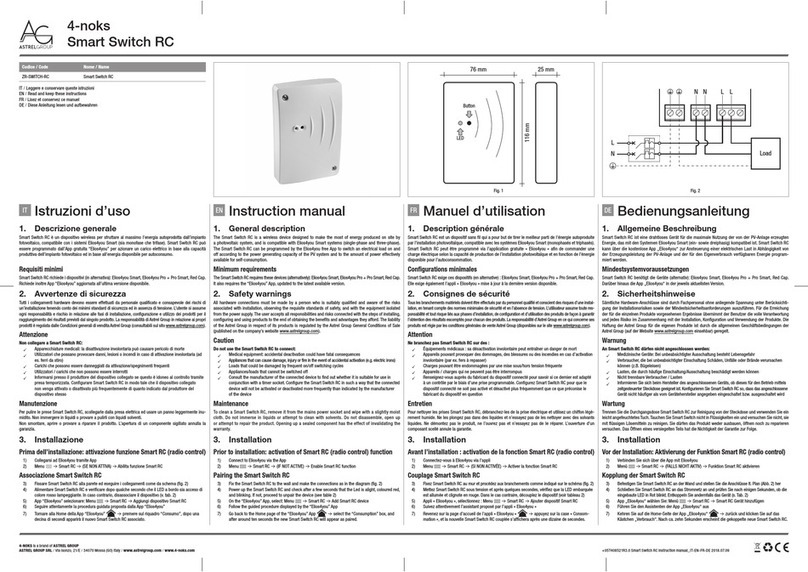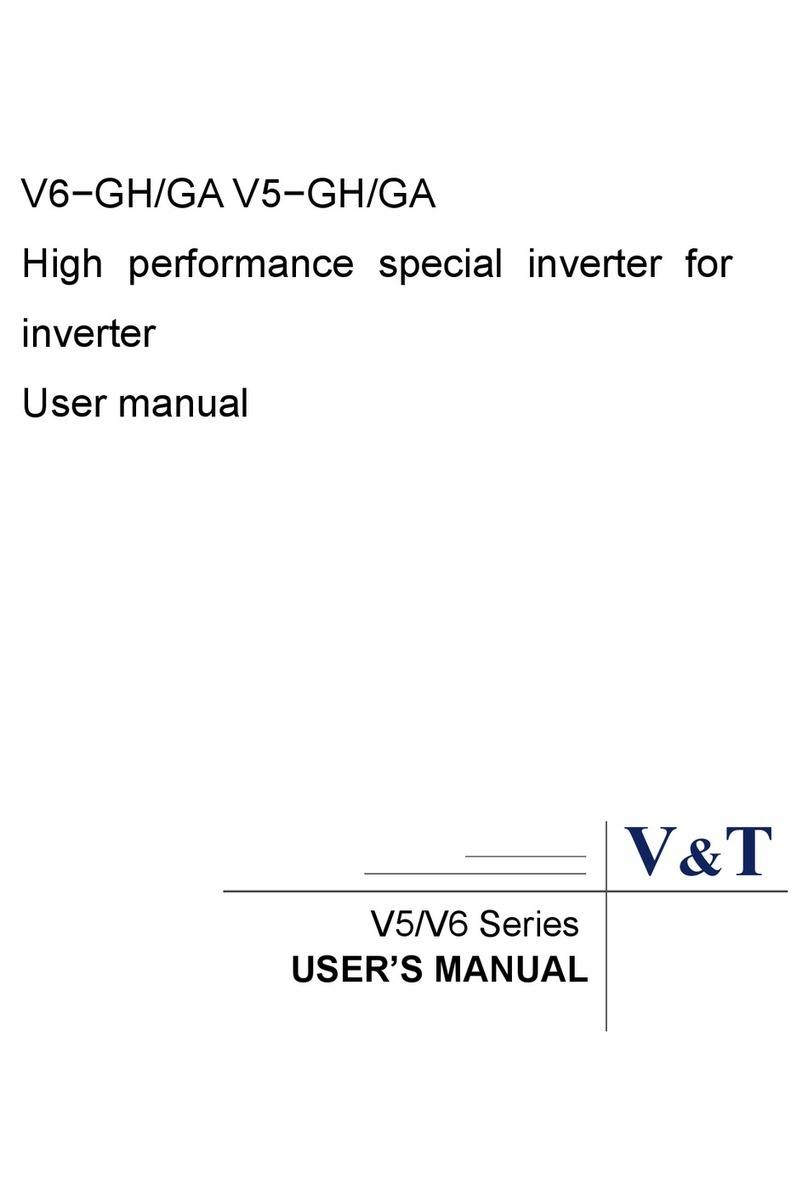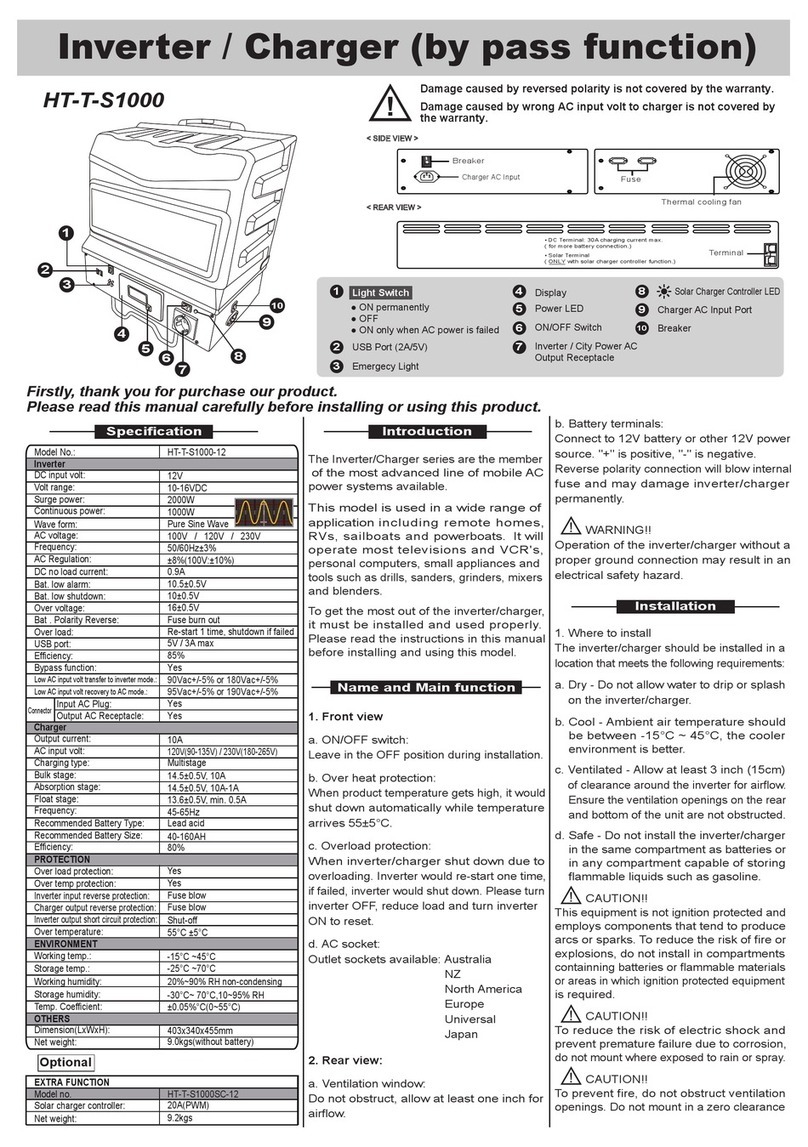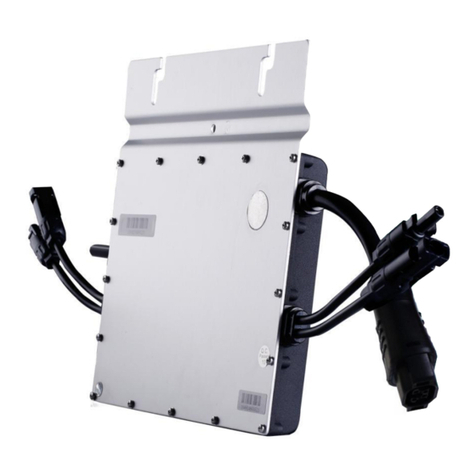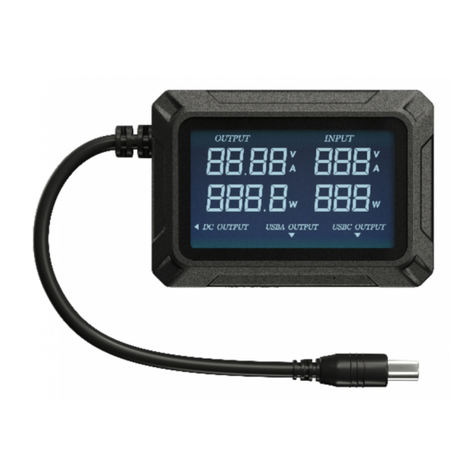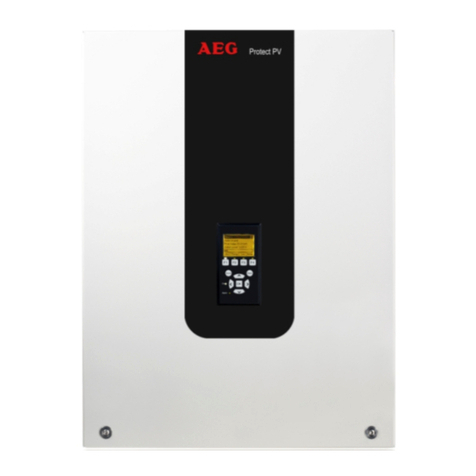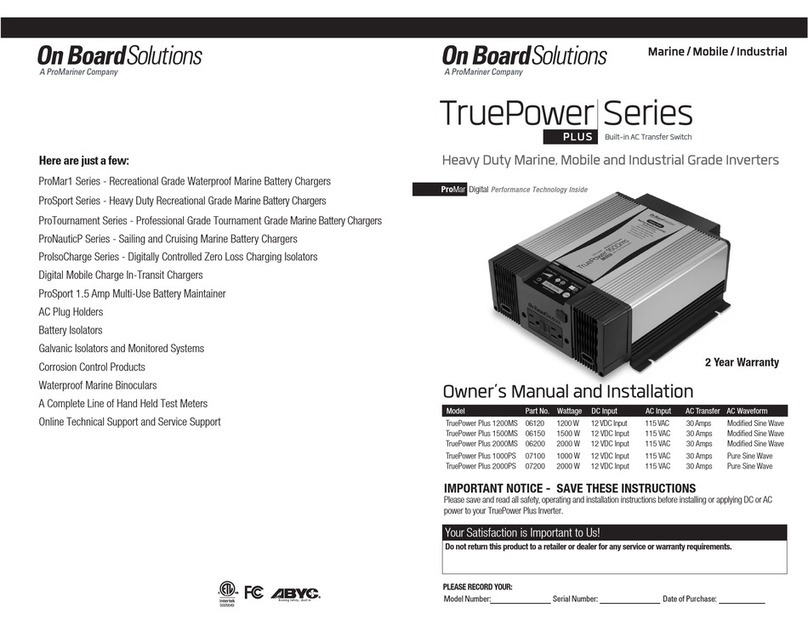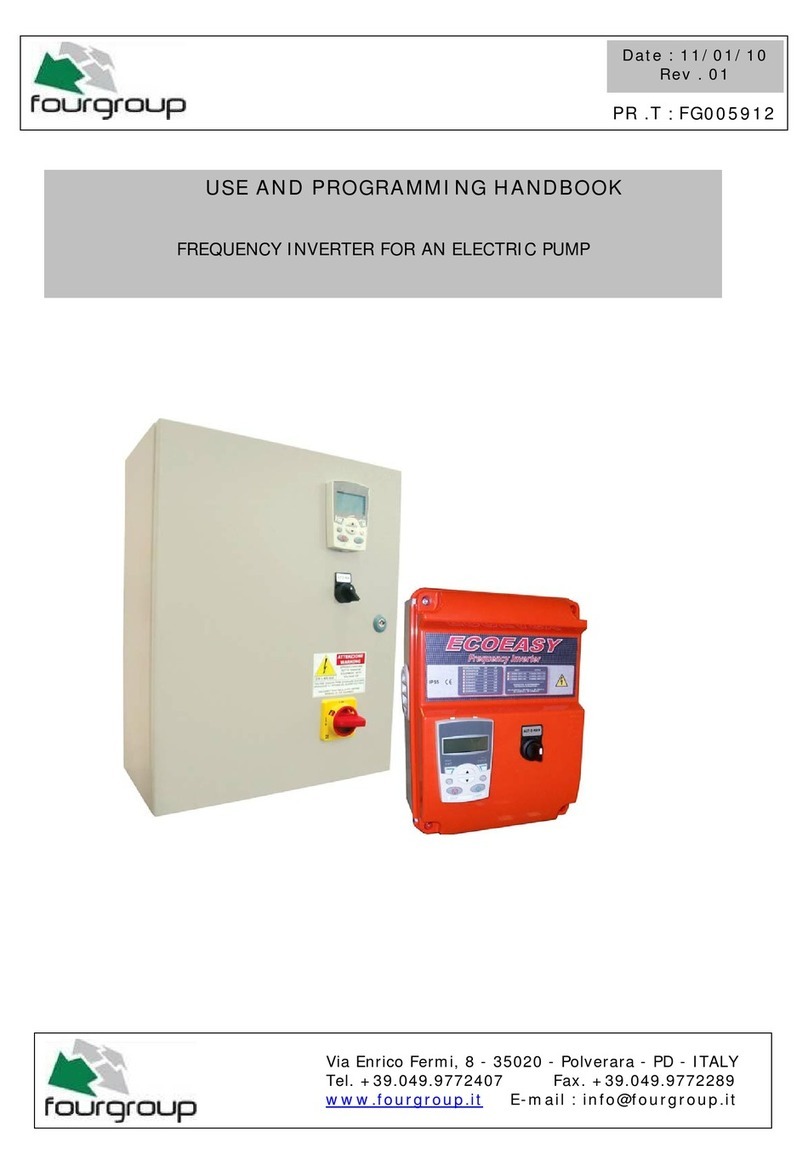Resistive loads, such as incandescent lights, are the easiest for the inverter to drive, though
larger resistive loads, such as electric stoves or heaters, require more power than the power
inverter can deliver continuouly. Inductive loads, such as TV's and stereos (any device with a
coil or a transformer in it) require more current to operate than a resistive load of the same power
rating. Induction motors (motors without brushes), as well as some televisions, may require 2
to 6 times their power rating to start up. This condition may require repeated "ON/OFF,
ON/OFF" several times switching of the power switch on your power inverter in order to get
them started. The most demanding are those that start under load, i.e. compressors and
pumps. Since motor and t e l evi s i o n ch a ract e rist i c s var y wi d ely, onl y
experimentation will determine if a specific load can be started and how long it can be run.
There are no standards for "surge power" partly because it can not be simply
represented by a simple of single sample number. Though the 300w power inverter can provide
power up to 600 watts for a short period, experimentation is the only method of determining
whether it can handle the surges generated by a particular load.
IMPORTANT NOTE: The power inverter will not operate most appliance designed to produce
heat, such as hair dryers, coffee makers, irons, heaters, and toasters. The current use of most
of these exceeds rated power watts, far beyond the capacity of this unit. The inverter may be
used either while engine is running or turned off. However, the inverter may not operate while the
engine is starting, since the battery voltage can drop substantially during cranking.
The power inverter draws less than 1.3 ampere from the battery when it is not supplying
power to the load. In most cases, the power inverter may be left connected to the battery
when it is not in use, since it draws so little current. If the vehicle will not be used for several
days, disconnect the power inverter from the battery.
LOW BATTERY ALARM
An alarm will sound when the voltage of the battery drops to 10.5volts. This indicates that the
battery requires recharging. The user should stop operations at this time, since the power
inverter will shut down automatically when battery voltage drops to 10.0 volts.
If the low battery alarm sounds when the battery is fully charged, follow the steps for correcting
the lack of output power in the Trouble Shooting Guide. The alarm will sound when the
inverter is overloaded, or if there is an excessive voltage drop between the battery and the
inverter.
NOTE: The alarm may sound momentarily when the unit is being connected to, or
disconnected from, the power source. This is normal and does not indicate any problem.
